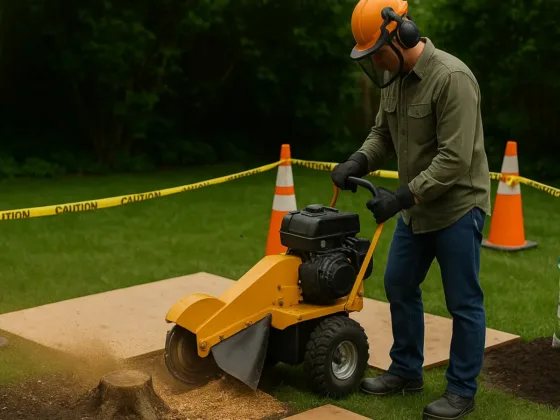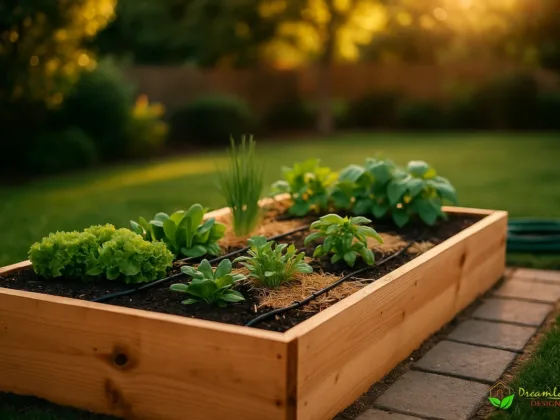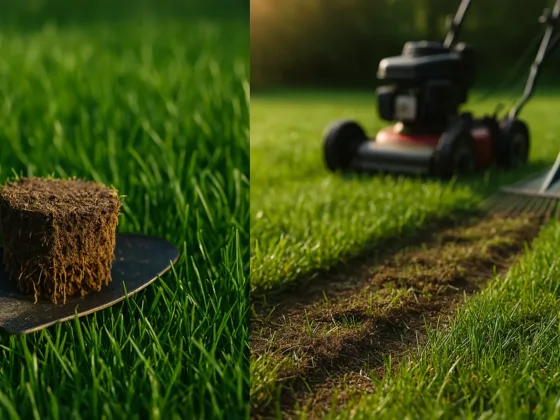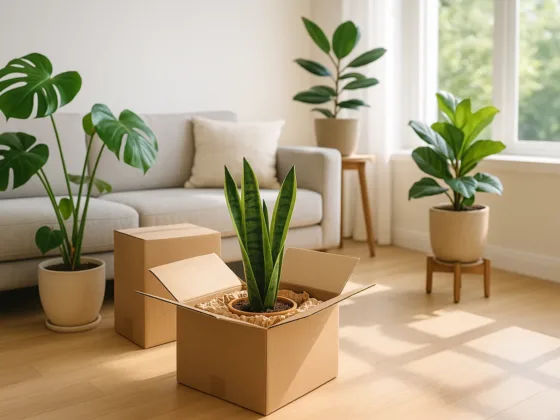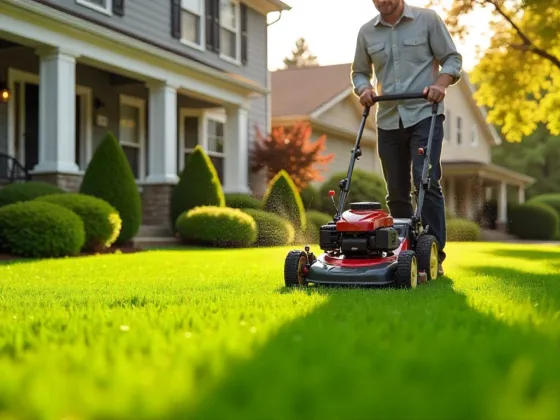Table of Contents Show
One of the most famous gardening trends of 2018 was the brimming popularity of the vertical garden. Vertical gardens have since then become one of the most searched gardening trends on the internet and have people obsessing over how stunning and beautiful they look.
If you are confused about what exactly a vertical garden is, it’s exactly what its name suggests. A vertical garden is a standing garden that spreads across a wall, either hanging on it or sitting against one.
A vertical garden has been thought to be a great way to utilize free space – especially when you don’t have garden space available.
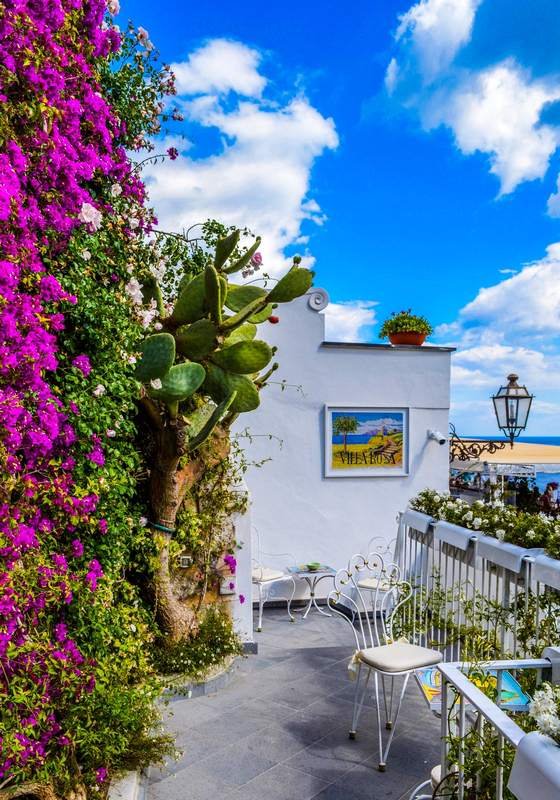
Vertical gardens have also been found to be quite useful for the environment, too. Plants have already been known to release oxygen for us to breathe, but did you know they also purify the air we breathe?
Vertical gardens are considered to be a blessing in our world where climate change is threatening our daily lives and where toxins from industrialization are harming the air that we breathe.
They reduce the thermal conditions outdoors, and indoors, they ease the energy loads for both cooling and heating purposes. Additionally, they reduce solar gains and dispersion.
Though the installation of vertical gardens may be sturdy and take a while for you to get the hang of, the result can be quite satisfying. There are several different kinds of verticals gardens, and each one comes with its appealing effect.
Vertical gardens allow you to unleash your creativity and utilize empty spaces while also reducing clutter from the ease that comes with maintaining them. If you are considering installing a vertical garden, this article will give you some advice on how to get started and how to grow your vertical garden.
Read Also:
Find the Right Style for You
Vertical gardens differ in style. Some people opt to use a container-style garden. This type of garden is easier to maintain and is potted plants stacked in a row and attached to a wall. Though it may sound simple, the result looks quite beautiful.
If you looked up ‘vertical gardens’ on the internet before coming to this article, you probably saw the most popular type of vertical gardens; the walled garden.
These types of vertical gardens are known for being attached to outdoor walls. And might even look a little something like this:
This is a vertical garden on a building in Paris. Look at the different kinds of plants blending on the wall. The different colours add an aesthetic and appealing sight to look at.
Though these types of vertical gardens are more difficult to maintain and more expensive to install, they are the most effective for the environment. These are the kinds of vertical gardens that purify the air we breathe most of all.
Choosing the Right Plants
Most people who start building their vertical garden choose plants with different colours. This adds not only vibrancy, but different coloured plants are also known to smell different, and therefore adds a lovely fragrance, too.
Vertical gardens are also great for growing herbs and vegetables, which is what several hotels have begun to do.
The plants you choose should also complement each other. You don’t want to choose your plants and install them into your vertical garden only to find out later that some of those plants are all-sun plants while others are all-shade plants.
You also need to make sure that the plants you choose are placed correctly. One plant could grow bigger than a plant placed on top of it, causing difficulty in its growth.
Finding the Right Placement
The best part about a vertical garden is that it can be shifted around. You can easily transport it with you if you ever need to shift houses or change the settings.
Vertical gardens can be put indoors and outdoors, depending on where you have space and where you think they would look best. You are given full liberty to unleash your creativity and find the placement that is most suitable for you.
The breakdown is that no matter where you place your vertical garden, you are promoting wellness and improving lives in the age of climate change. People who come to your house or walk past it will witness your creativity and admire the planning and precision that went into making your vertical garden.
What you should remember, however, is that planning the way each plant will be fitted into the garden is greatly important.
You have to make sure that each plant is situated in such a way that you can water each one, and they all get equal amounts of sun (if they are all-sun plants). You also have to ensure that the taller ones are not getting covered by other plants and have the freedom to grow.
Consider Your Structure
If you are making a vertical garden that relies on stability from the structure you have created, you have to make sure that it won’t collapse. Sometimes, you can overestimate how much a DIY structure or even a store-bought structure can hold.
Plants get heavier as they grow and absorb water, which means they could also collapse weak structures. You should place your plants in accordance with the strength of the structure and how much it can hold.
Have an Irrigation Plan in Mind
If you are creating your vertical garden on your own and not enlisting the help of a professional gardening company to assist you, then you need to have an irrigation system. You need to create your vertical garden in such a way that you are ensuring each plant is receiving water.
This is one of the biggest problems that people find with vertical gardens. People are unsure of how to guarantee that every plant receives water, especially larger vertical gardens that extend on outdoor walls.
The trick is simple; outdoor well-structured vertical gardens have hidden irrigation pipes that send water to the roots of all the plants. However, sometimes the water only reaches the top plants, while the ones at the bottom receive very little. This is how vertical gardens can die very quickly.
Conclusion
By now, you should have a fair idea of what it takes to grow your vertical garden. You should be able to plan out how it will look and what you are hoping to achieve in your vision of your ideal vertical garden. Whatever you chose, there is no denying the result will look great.
Vertical gardens very rarely have bad results. There are plenty of companies that you can find to help you install a vertical garden. If you choose to do it on your own, though, there are several blogs and websites you can find that can help you with DIY structures or even to fuel your creativity.


